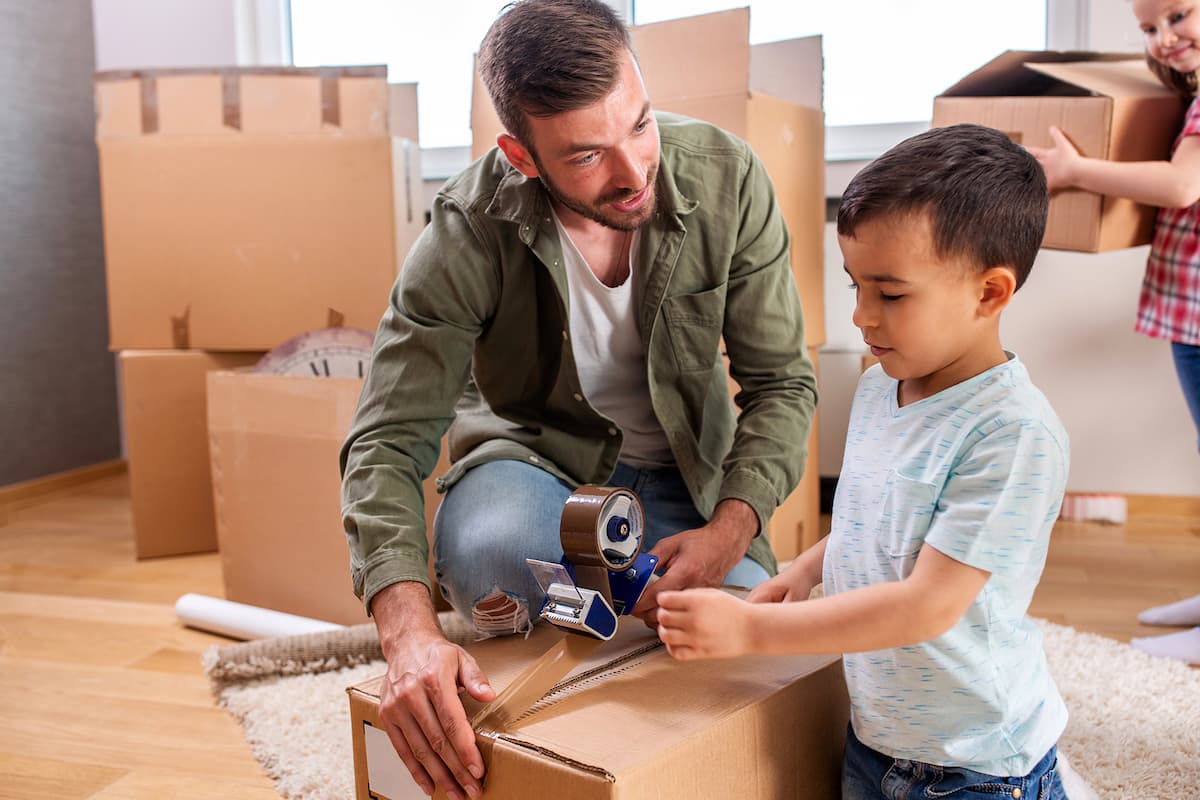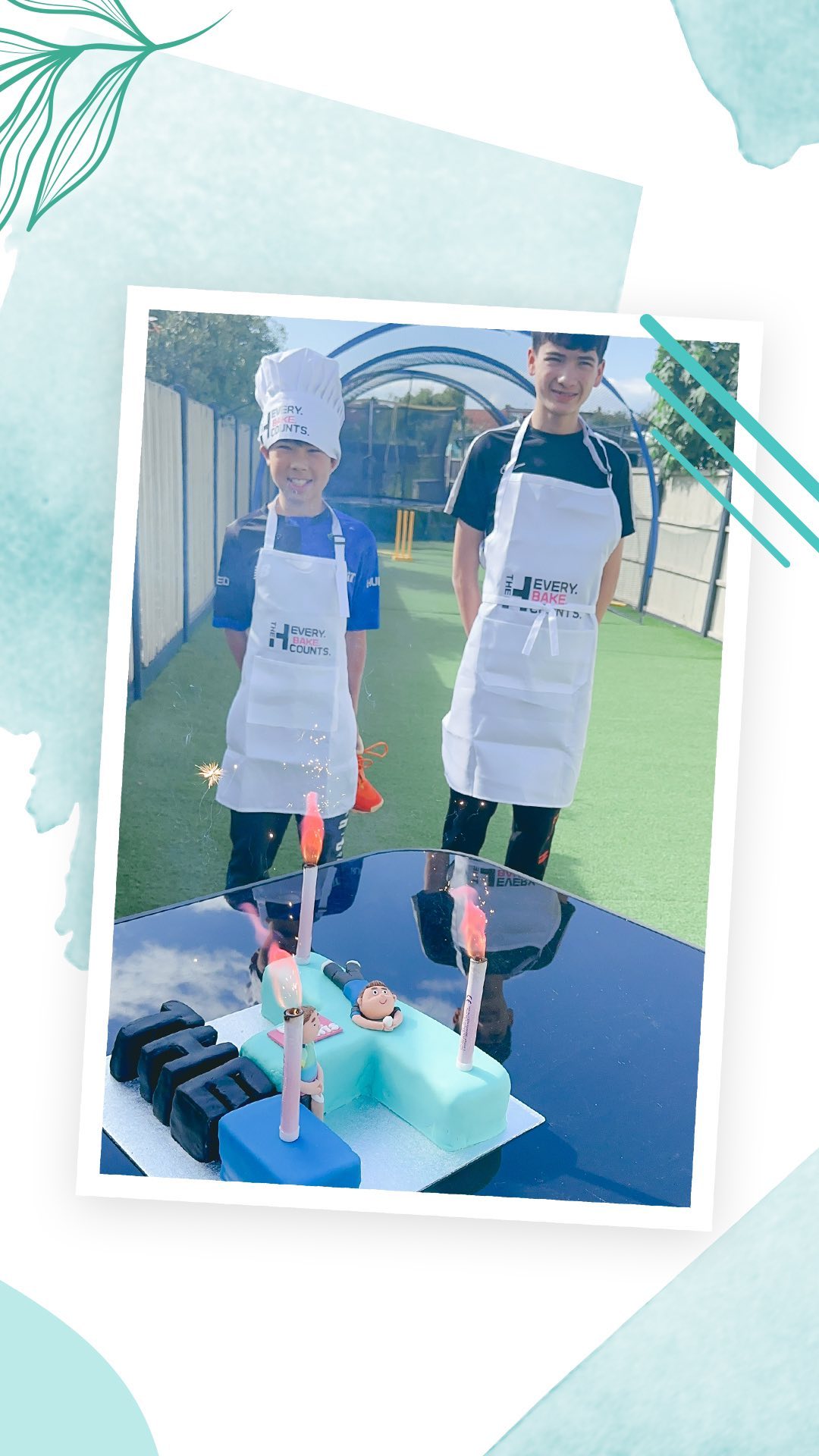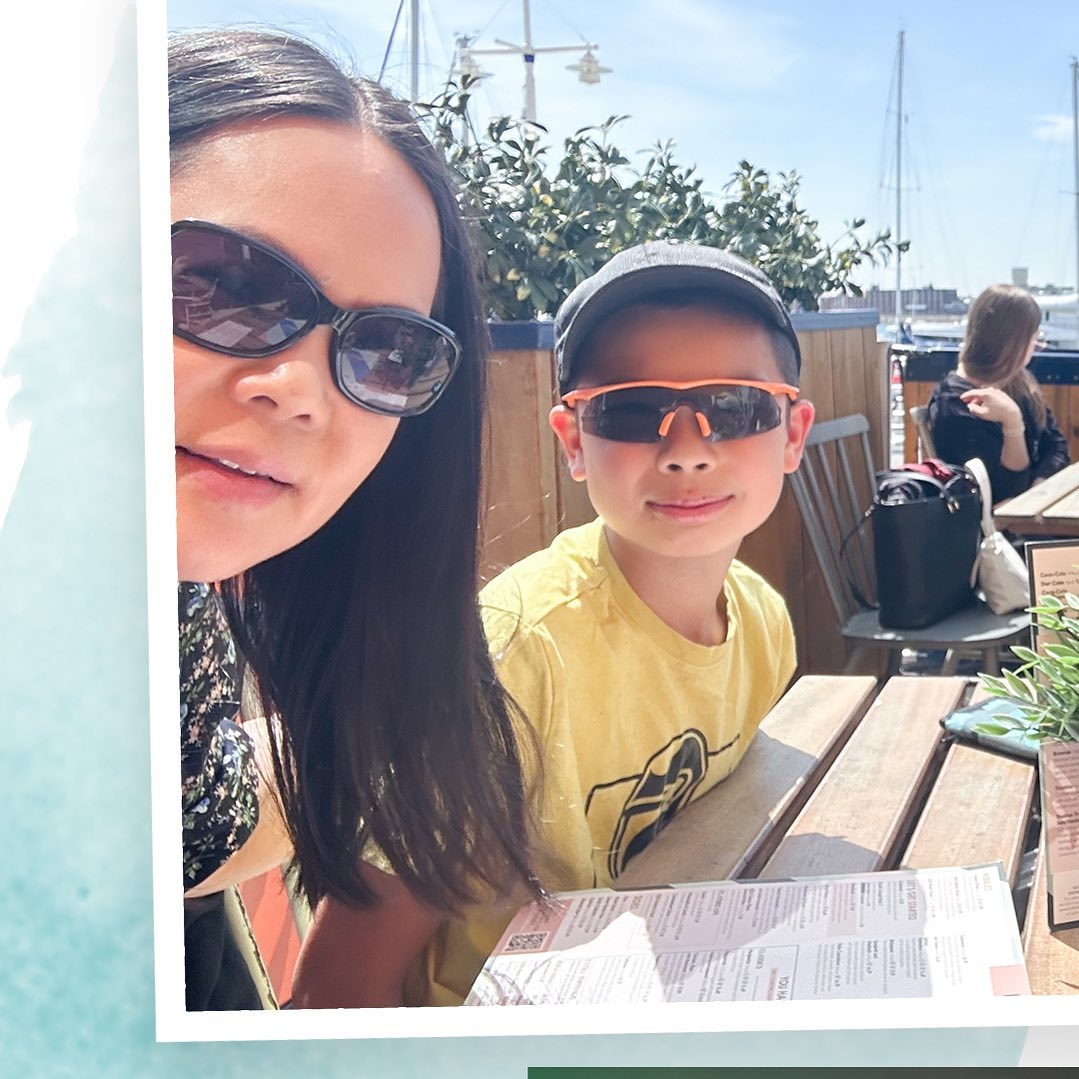Moving home tips to avoid family disruption
Moving to a new home can be an exciting adventure, filled with the anticipation of new beginnings and opportunities. However, it often brings a whirlwind of stress and chaos for families as they juggle packing, organising, and adjusting to a new environment. The key to a successful move? Planning and communication. By creating a detailed timeline, organising your belongings efficiently, and maintaining open lines of communication among family members, you’ll be able to minimise disruption and keep your family’s sanity intact during the big move. Additionally, involving everyone in the process can foster teamwork and ease the transition, turning what could be a stressful experience into a bonding opportunity.
Planning ahead is key
The early bird catches the worm, and in this case, it also avoids a panic-induced meltdown. Start planning your move at least two months in advance. This buffer gives you time to handle unexpected hiccups without breaking a sweat.
Create a moving timeline that would make even the most organised project manager proud. List out key milestones like “Declutter the garage” or “Pack up the kids’ rooms.” This visual roadmap keeps everyone on track and prevents last-minute scrambles.
Now, time to put those family members to work! Assign roles based on age and ability. Little Timmy might be in charge of packing his stuffed animals, while teenager Sarah could coordinate the garage sale. By involving everyone, you’re not just dividing the workload – you’re creating a sense of ownership and excitement about the move homes.

Communicate openly with the family
Gather the troops for a family pow-wow. This isn’t the time to sugarcoat things – be honest about the challenges ahead, saying things like:
- “It may look like a mountain of packing to do, and that’s why decluttering what we have now will save us significant time and cause less stress and disruption on moving day. We’ll have less to pack, less to move, and less to unpack, making our transition smoother in the long run.”
- “It might take some time for us to find our feet before we start to feel settled in our new home, but we’ll work together to create new habits and find our routine.”
- “We’ll all miss some things about our old neighbourhood. It’s okay to feel sad about leaving friends or favourite places behind. Let’s talk about what we’ll miss and how we can stay connected or find similar experiences in our new area.”
But also highlight the perks of the new neighbourhood. Maybe it’s a bigger house or a neighbourhood with lots of local spots to explore.
- “This move is a chance for us to redesign our living spaces. We can create rooms that better fit our current needs and interests.”
- “Moving to a new area opens us up to opportunities for new friendships and experiences. Let’s make a list of local spots we want to explore in our first month.”
Keep the lines of communication open throughout the process. Regular updates prevent anyone from feeling left in the dark. And remember, this is a two-way street. Encourage questions and feedback from all family members. Little Johnny’s concern about leaving his treehouse behind might seem trivial to you, but addressing it now can prevent a meltdown on moving day.
Involve kids in the process
Moving can be particularly disruptive for children, impacting their educational stability, existing friendships, and overall sense of belonging. Changing schools often means adapting to new curriculums and making new friends, which can be overwhelming. Furthermore, leaving behind familiar surroundings, like beloved playgrounds and local haunts, may leave them feeling lost and disconnected. To minimise this disruption, as a parent, you can proactively involve children in the moving process by
- Give kids a sense of control by letting them pack their own belongings. It might take a bit longer, but it’s worth it for their peace of mind (and yours). Plus, it’s a great opportunity to teach them about organisation and decision-making.
- Take a field trip to the new neighbourhood. Scope out the local ice cream shop, find the coolest playground or check out the library. Familiarity breeds comfort, so these reconnaissance missions can ease anxiety about the unknown but also break down the barrier of disruption.
- Arranging playdates with potential new friends ahead of the move can also help ease the shift, enabling kids to feel more connected before they even step foot in their new home.
- Establishing a consistent routine in the new space can provide children with a sense of stability amidst the changes.
- Make moving day an event to look forward to, not dread. Plan a special family activity in the new home or neighbourhood. Maybe it’s ordering pizza from the local joint or having a picnic in the backyard. A little fun goes a long way in keeping spirits high during a potentially stressful day.

Declutter before you pack
Decluttering early and purposefully can keep disruption to a minimum during the move process. Go through each room and decide what truly matters and what’s just taking up space. This is your opportunity to start fresh, so be thorough in your clearing out.
Make decluttering a family affair. Set up “keep,” “donate,” and “sell” piles, and let everyone have a say. You might be surprised at what your kids are willing to part with (and what they insist on keeping).
Turn your clutter into cash by organizing a garage sale or listing items online. Not only will you lighten your load, but you’ll also pad your moving budget.
Pack Smart to Reduce Stress
Getting labels and stickers ready and aiming to have a methodical labelling method can minimize disruption of the move. Label those boxes like your sanity depends on it (because it does). Be specific – “Bathroom – Towels and Toiletries” is much more helpful than “Stuff from the bathroom.”
Pack an essentials box for each family member. Include items like toiletries, a change of clothes, and comfort items (like a favourite book or toy). This prevents frantic searches through dozens of boxes on the first night in your new place.
If your budget allows, consider hiring reputable movers. Yes, it’s an extra expense, but the reduction in physical and mental stress can be worth its weight in gold.
Make moving day efficient
Plan moving day like a military operation, this will help keeping disruption to a minimum. Know where the moving truck will park, or the caravan transporter you hired to move your family caravan to the new home, the route to the new home, if there are any roadworks or roadblocks on your moving day and who’s responsible for what. A detailed plan prevents chaos and keeps everyone focused.
Assign specific tasks to each family member. Dad might be in charge of directing the furniture movers, while Mum handles the paperwork and organizes the move out cleaners after the removalists have gone. Older kids can keep an eye on younger siblings or pets. Everyone should have a job to do.
Always have a Plan B (and maybe a Plan C). What if it rains? What if the movers are late? Having contingency plans in place will keep you cool, calm, and collected no matter what curveballs come your way.
Settling into the new home
Once the local furniture movers have dropped off the last box, make sure nothing is missing before finalizing any paperwork. You can then start to unpack strategically. Focus on essential rooms first – kitchen, bathrooms, and bedrooms. This creates functional spaces quickly, giving everyone a sense of normalcy amidst the box maze.
Establish routines as soon as possible. Set regular mealtimes, bedtimes, and other daily rituals. These familiar patterns provide comfort and stability during a time of change.
Get involved in your new community. Attend local events, meet the neighbours, and explore your new surroundings. The sooner you start putting down roots, the faster your new house will feel like home.
Attend the family’s emotional needs
Moving can be an emotional rollercoaster, especially for kids and teens. Help your kids adjust to moving house by acknowledge these feelings and create a safe space for family members to express themselves. A little empathy goes a long way. Have a family movie night and watch moving movies can help children relate to the situation.
Keep the mood upbeat by focusing on the positives. Maybe your new home has a bigger backyard or is closer to Grandma and Grandpa. Encourage family members to share what they’re excited about – enthusiasm is contagious!
Be available for conversations and support and know that everyone is different. Sometimes, teenagers simply need a listening ear, while younger children would like a reassuring hug for comfort, and it may be all that’s needed to calm fears and boost confidence.

Conclusion
Moving doesn’t have to be a family nightmare full of family disruptions. With careful planning, open communication, and a healthy dose of teamwork, you can turn this potentially stressful experience into a positive adventure for everyone involved, minimising disruption for all.
Remember, the key ingredients are starting early, involving the whole family, and maintaining a positive attitude throughout the process. By following these tips, you’ll minimise disruption and create lasting memories and valuable life lessons for your kids.
As you embark on this new chapter of moving home, embrace the excitement of fresh beginnings. A new home means new opportunities, new friendships, and new experiences waiting to be discovered. So, take a deep breath, grab those moving boxes, and get ready to write the next amazing chapter in your family’s story.

![[AD] We’re a cricket-mad family, so we’re buzzing that @thehundred is back this August! 🏏🔥
To get ready, M tried out the official FREE Activity Pack — and it’s brilliant! 🙌
Packed with fun games, creative challenges and sporty tasks, it’s perfect for getting kids hyped whether you’re at home or on the go.
👉Download yours now (link in bio)
@londonspirit @ovalinvincibles #EveryMomentCounts #TheHundred
#EnglandCricket #CricketFamily #TheHundredCricket #LondonBloggers #Cricket #CricketIsLife #kidsfun](https://suburban-mum.com/wp-content/uploads/2022/11/505472555_18531279601016840_7092520074819907569_n-180x320.jpg)



![[AD - Press visit]
We enjoyed the glorious sunshine this weekend with a trip to Brighton. We went on the @brightoni360official which is right by the sea front.
The i360 pod take a slow journey up, allowing you to take in views across Brighton and the South Downs 450ft above ground. There’s a bar inside with drinks and snacks available to purchase and the experience lasts 25 minutes.
Afterwards, we headed to the open air roller rink for a roller skating session!
The roller rink is:
⭐ Suitable for over 5s
⭐ £6.50 if you have your own skates or £9.50 if you need to hire them
⭐ 45 minutes per session
Full details to visit the i360 + skating
📍 Brighton i360, Lower Kings Road, Brighton BN1 2LN
🚗 Parking nearby (we parked in the Regency Square Car park)
🎟️ Prices start from £25.40 for an adult and £16.90 for a child
🕐 Opening hours are currently Sun-Fri 10.30am-18.30pm and until 19.30pm on Saturdays
☕️ Bar inside the i360, cafe and gift shop
Book tickets here:
https://tickets.brightoni360.co.uk/tickets/?_ga=2.195305772.1869001490.1689671753-1757164059.1689671753/#events?eventid=157](https://suburban-mum.com/wp-content/uploads/2015/04/417980235_313576471048632_3682382982231216432_n.jpg)

![[AD] ***Summer of fun at Barracudas Activity Camps!****
There is plenty for kids to do at @barracudas_activity_day_camps
From Tennis, Archery, Swimming, Motor Sports and more you can be sure that there will be something for kids aged 4.5-14. ⚽🏈🥅🎾🏓🏎️🏹🏊♂️🏉
You can book on a day by day basis - so it can fit in with any other days out/activities you have planned and there are early drop off and late pickup options available. Barracudas are also Ofsted registered so you can use your Childcare Vouchers too.
⭐⭐⭐Get £20 off a week or £4 off a day using my discount code: MARIA20⭐⭐⭐
#BarracudasActivityDayCamp #BarracudasActivityCamp #BarracudaAmbassadors #SummerHolidays #SchoolHolidays #Summer2023 #SummerCamp #DayCare #Camp #KidsCamp #surreymummy #surreymums #SummerOfFun #ActivityCamps #HolidayCamps #Childcare #SchoolHolidays #schoolholidaycamps](https://suburban-mum.com/wp-content/uploads/2024/07/353583570_625625966167953_545896259645102575_n.jpg)



![[AD] We have some super exciting news...we have been chosen to be Laser Quest Ambassadors, and the boys are over the moon!
We are really lucky that our local Laser Quest (@laserquestkingston) is just around the corner from us. It means we can pop in of a weekend or anytime during the school holidays, and with summer just around the corner, I know Laser Quest will be one of our go-to places for some family fun.
As well as games of Laser Quest, there are also VR experiences and arcade amusements too. To find out a bit more about how Laser Quest works, you can read my blog post: https://www.suburban-mum.com/laser-quest-kingston/ (clickable link in bio)
Don't forget to keep an eye out for our Laser Quest posts - I'm going to be giving away two family passes to use at Laserquest Kingston!
If you can't wait and want to head down to Laser Quest to try it out, use the code SUMMER30 for 30% off your booking. The code is valid from now until the end of August 2023 and can be used on Laser Quest games and birthday party bookings.
#LaserquestAmbassador #Laserquest #LaserquestKingston #ActivitiesForKids #FamilyFun #DaysOutWithKids #Lasertag #LaserquestVR #Kingston #ThingsToDoInKingston #SurreyFamilyDaysOut #ThingsToDoWithKids #RainyDayFun #SurreyMummy #SurreyLife #LifeWithKids #LifeWithBoys #familyfunday](https://suburban-mum.com/wp-content/uploads/2015/04/353230107_797358078406942_2405522556733455165_n.jpg)

![[AD] The sun has finally made an appearance and the boys have been making the most of it by spending it
in the garden.
They’re go-to is always football and they’ve been trying to improve their aim and accuracy with the new Messi Foldable Footlball goal from the #MessiTrainingSystem range.
I love the fact the goal is foldable, making it easy to store away when not in use. It is also lightweight so you can effortlessly pack it up and take it to the park or to a friend’s house.
The Messi Foldable Football Goal retails at £36 and can be purchased from @argos
You can read my full review here: https://www.suburban-mum.com/messi-foldable-football-goal/
#TrainLikeMessi #FoldableFootballGoal #FootballSkills #OutdoorFun #LionelMessi #LeoMessi #FootballAtHome #OutdoorKids #JustGetOutside #OutdoorsAndFree #ScreenFreeKids #WhateverTheWeatherKids @flair_gp](https://suburban-mum.com/wp-content/uploads/2015/04/341194882_615024710178056_41977149395989448_n.jpg)

![[AD] We are absolutely thrilled to announce that we are Barracuda Ambassadors again this year.
With Easter just around the corner, the boys were sent the @barracudas_activity_day_camps new camp kit in preparation for the school holidays.
There’s a wide range of activities for kids aged 4.5 - 14 including Tennis, Archery, Basketball, Arts & Crafts and more.
If you like the sound of Barracudas, find out more over on their website. You can also save £20 a week or £4 a day, using my discount code: MARIA20](https://suburban-mum.com/wp-content/uploads/2024/07/336812306_765234558514317_685553691647241974_n.jpg)


![[AD - Gifted]
Last weekend we were invited to try out @tsarettaspice’s new Bottomless Brunch menu and I can tell you it was thumbs up all round!
There’s a good choice tapas on offer from Punjabi fish fingers, Indo Chinese Chicken to Spiced Lamb Scotch Eggs and Manchurian Cauliflower (which was amazing!)
If you’re local to Twickenham and fancy giving them a try here’s are the details.
Tsaretta Spice Bottomless Brunch
⭐️£37.50 per head for bottomless Prosecco or cocktail of the day
⭐️£55 per head for bottomless Champagne
⭐️ Food included: 4 tapas selections and dessert or 2 tapas selections, a pav or naanwich and dessert
⭐️ Non-alcohol brunch is also available
Tsaretta Spice
55 Church Street
Twickenham
TW1 3NR
You can also read our full review over on the blog (link in bio)](https://suburban-mum.com/wp-content/uploads/2024/07/334565436_5960402314015030_663031098700829518_n.jpg)
![[AD] What does family look like for you?
I am fortunate to be surrounded by strong, powerful women in the form of my mum, sister and mother-in-law (along with many others). With Mother’s Day just around the corner, @BootsUK want to celebrate all the different mums and mother figures we are lucky enough to have in our lives. They have a huge range of Mother’s Day gifts to choose from so we can show them how much they mean to us. (swipe to take a look at some of my choices)
If you want to express love and appreciation for the mother figure(s) in your life, head to Boots.com to find the ideal gift. They have a whole host of gifts, so you can be sure to find something to suit all tastes. Celebrate the #LoveForAllMums this Mother’s Day with Boots.
](https://suburban-mum.com/wp-content/uploads/2015/04/334276459_136658625736352_6403224988403337253_n.jpg)



